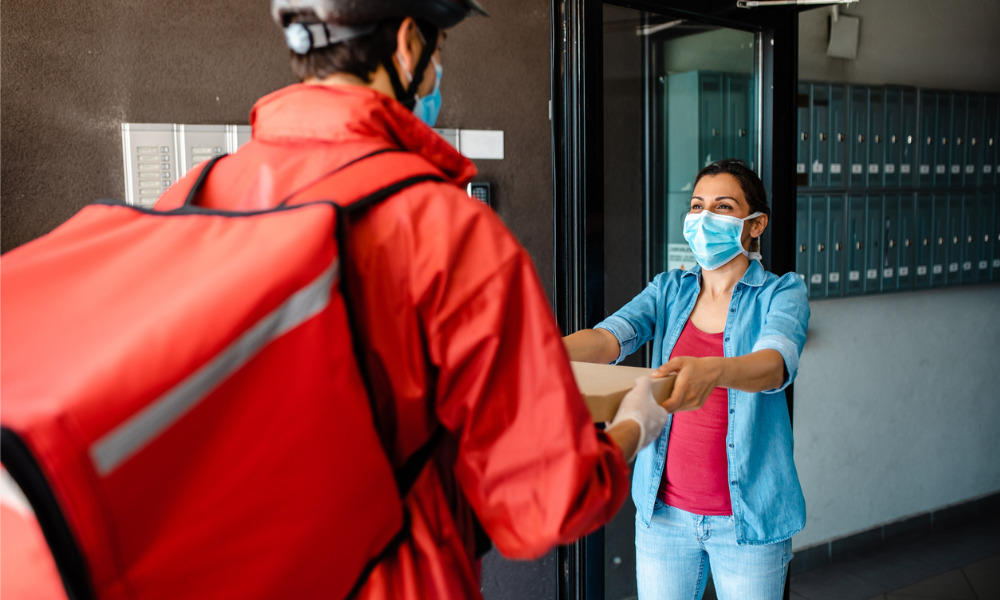
The fast food restaurant workers developed a list of best practice policy and procedures

Across New Zealand, Unite Union members working in fast food restaurants have submitted and published a list of expectations and recommendations for safe operating at Level 2 and beyond.
In particular, the workers developed a list of best practice policy and procedures that will contribute to the fight against COVID-19 based on their frontline perspective.
Despite the law saying that employers must consult with their workers on changes to health and safety practice, there has been no consultation with workers since the start of lockdown, according to Unite Union.
Workers expressed their frustration over company policy and procedures often being “just for show” during Level 3 with thousands of breaches occurring daily, especially social distancing inside kitchens and with customers at drive-throughs.
Unite Union National Secretary Gerard Hehir said that if McDonald’s, KFC, Pizza Hut, Carls Jr and Burger King listened to their crew in the first place, we would have had a compliant system from day dot meaning better safety for workers and customers.
“Instead we had practices that defied commonsense and put everyone at an unacceptable level of risk.” said Hehir.
“If any customer or worker had Covid 19 in that first week of Level 3, any staff following the unsafe procedures could have become the virus’ next victims and the virus could have spread through restaurants like wildfire.”
As we seen in Australia at the moment, with 13 McDonalds restaurants closed due to infections, there is still significant risk, added Hehir. One of the worker recommendations is that deliveries between stores, the cause of most closures in Australia, is strictly limited.
“The revelation that MBIE recommended takeaways and deliveries should have operated at Level 4 in New Zealand during the lockdown is actually terrifying,” said Hehir.
“That would have been an unmitigated disaster and shows why worker’s input is so vital. We doubt that anyone at MBIE who made that recommendation had any knowledge or experience working in a fast food kitchen on a Friday night.”
Gary Cranston, Fast Food Lead Organiser for Auckland and Northland, said they are now developing a follow-up survey which will be conducted across the industry in order to identify which restaurants are not following best practice as identified by the worker’s themselves.
With the spike in cases in Australia partly caused by an outbreak of the virus in a McDonald’s and fast food workers in the U.S. striking over safety, workers are asking customers to help them enforce their best practice expectations in order to avoid a return to Level 4, or worse.
In New Zealand, Cranston said that after the obvious failures at the start of Level 3, most Fast Food companies are being very cautious about re-opening table service inside, so there is an opportunity to make sure full re-opening is done safely and properly.
The recommendations include:
Points of sale
Drive-Thru
Lobby and dining area (if safe to open lobby at all)